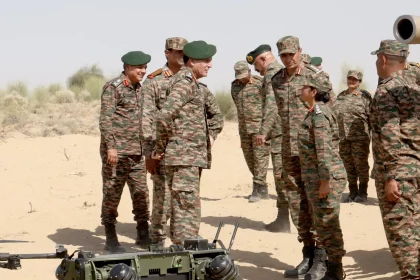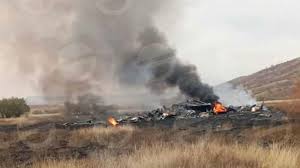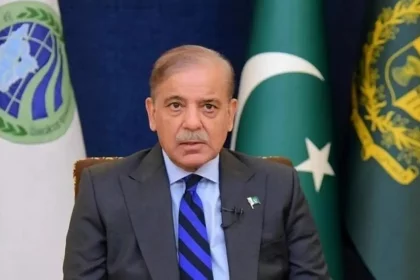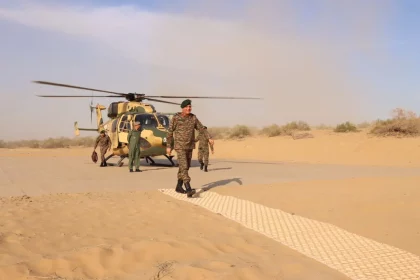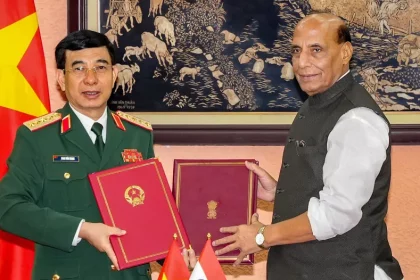Lieutenant General Dhiraj Seth Reviews Sudarshan Chakra Corps and Shahbaaz Division
Lt Gen Dhiraj Seth reviews Sudarshan Chakra Corps and Shahbaaz Division in Thar Desert under Tri-Service framework of Exercise Trishul.
Turkish C-130 Military Plane Crashes in Georgia Near Azerbaijan Border; 20 Personnel Onboard, Casualties Feared
Turkey mourns its fallen as investigation begins into mysterious C-130 crash in Georgia’s Sighnaghi region.
Pulwama-Born Doctor Identified as Mastermind Behind Red Fort Blast; Network of Radicalised Medical Professionals Under Scanner
Security agencies trace terror trail from Haryana to Kashmir after deadly Delhi blast.
Pakistani Taliban Claims Islamabad Bombing; PM Shehbaz Sharif Blames India and Afghanistan for Orchestrating Attack
Suicide bombing at judicial complex highlights Pakistan’s worsening internal security situation.
Lt Gen Dhiraj Seth Reviews Konark Corps’ Integrated Operations During Exercise Akhand Prahar
Southern Command Demonstrates Integrated Combat Power and Multi-Domain Readiness During Exercise Akhand Prahar.
India and Vietnam Ink Key Defence Agreements to Strengthen Maritime and Industrial Cooperation
India and Vietnam Strengthen Indo-Pacific Cooperation Through New Maritime and Defence Industry Agreements.

